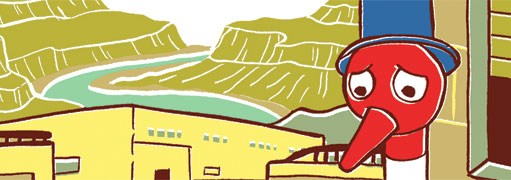Is The Dirt City’s H20 Plan Working?
Is The Dirt City’s H 2 0 Plan Working?


Julia Minimata
Latest Article|September 3, 2020|Free
::Making Grown Men Cry Since 1992


Julia Minimata

